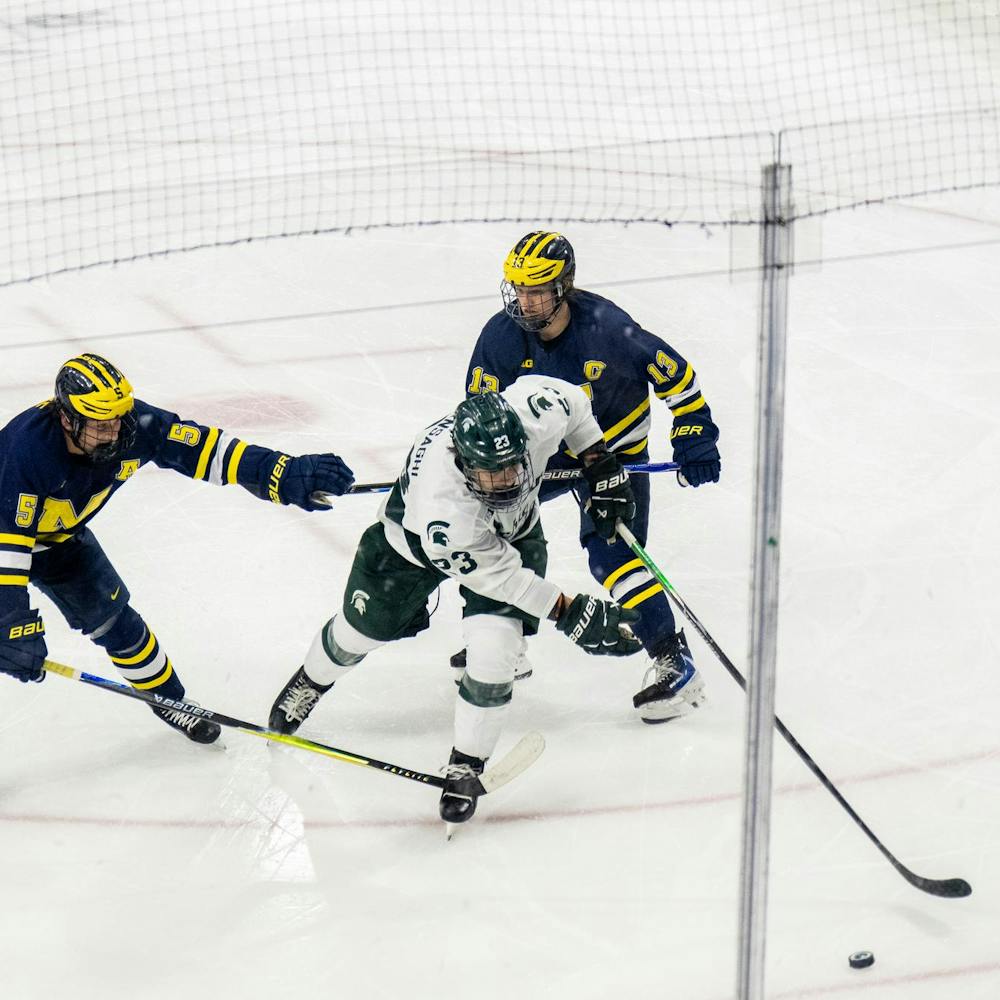Lansing - Dr. Peggy Roth’s time in the United Kingdom was anything but a vacation - instead, it was filled with biohazard bags and disinfectant.
Roth, a senior field veterinarian with the Michigan Department of Agriculture’s Animal Industry Division, was one of 200 American veterinarians to spend 30 days in July 2001 fighting foot-and-mouth disease in the British Isles.
“I was there for 30 days, and I worked for 30 days,” she told an audience at the 14th Annual Michigan Veterinary Conference on Friday in Lansing.
“It’s not easy,” she said. “You do what you need to do at that time.”
Roth said the conference enabled her to share her story with other veterinarians, which could prove helpful in the future. More than 1,300 people attended the conference, held at the Lansing Center, 333 E. Michigan Ave. The conference is a partnership between the Michigan Veterinary Association and the MSU College of Veterinary Medicine.
“The more people who can understand what’s involved in a mass-diseases situation, the better we should be prepared,” she said.
Veterinary medicine graduate student Desiree Jordan attended seminars on emergency preparedness and animal cardiology. She said having the conference so close to campus made it easy for interested students to attend.
“It’s a great opportunity,” she said. “I liked the variety of presentations that were there. I’ve been really impressed with the curriculum and the faculty and staff. Even the students have been supportive and helpful.”
Also presenting at the conference was Dr. Alan Rebar, dean of the Purdue University School of Veterinary Medicine.
Rebar was demonstrating video microscopy, which allows microscope images to be projected onto a large screen or digitally transmitted anywhere in the world. Being able to transmit the images can allow experts across the country to instantly analyze data. Tests that would take weeks can be done in a day, he said.
“There’s no question that it will mean better service to the pet-owning public,” he said. “There are 27 veterinary schools in the United States. That’s where the majority of board certified clinical pathologists are located.”






